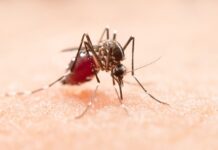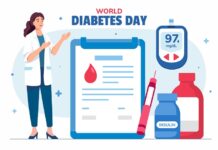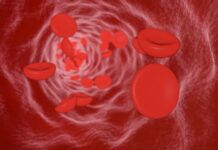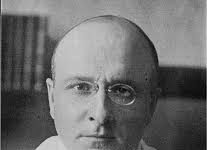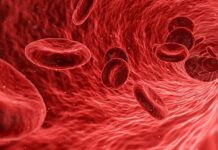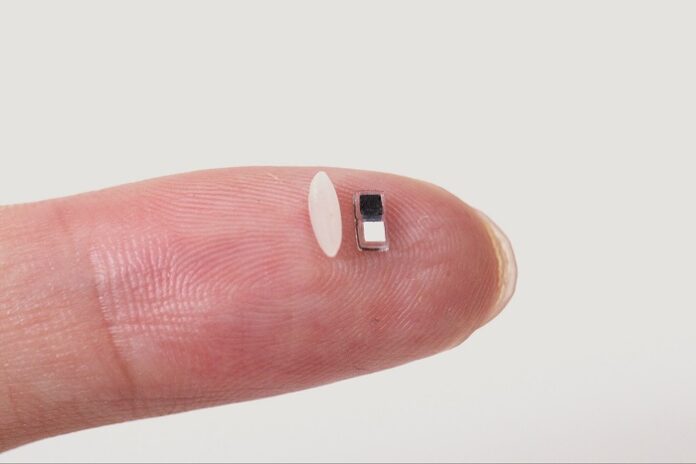

Engineers at Northwestern University have developed an ultra-small pacemaker, small enough to be injected through a syringe. Designed for temporary use, the pacemaker is particularly beneficial for newborns with congenital heart defects. Despite its tiny size—smaller than a grain of rice—it delivers precise pacing through an innovative, wireless, wearable chest device.
How It Works: Light-Activated Wireless Control
When the wearable device detects an irregular heartbeat, it emits a pulse of infrared light, which penetrates the skin and activates the pacemaker. This mechanism eliminates the need for external wires and bulky batteries, making it a less invasive and more comfortable solution for patients.
Dissolvable Design Eliminates Surgical Removal
Unlike traditional pacemakers, which require surgical extraction, this new device naturally dissolves in the body after fulfilling its function. Made from biocompatible materials, it safely degrades in biofluids, preventing complications like infections and tissue damage.
Addressing a Critical Clinical Need
Temporary pacemakers are crucial for patients recovering from heart surgery, particularly infants who need pacing for a few days before their hearts self-regulate. Existing pacemakers require external wires, which can lead to infections and complications. This new device offers a safer, less invasive alternative.
Innovative Power Source: Biofluid-Powered Battery
As reported by medicalxpress, instead of conventional batteries, the pacemaker uses a galvanic cell, generating electrical pulses from chemical reactions with biofluids. This breakthrough eliminates bulky components and allows for extreme miniaturization.
Future Applications and Expanding Potential
Due to its compact size, multiple pacemakers can be placed across the heart, each activated by different light wavelengths. This opens possibilities for synchronized pacing and potential integration with other medical implants. Beyond cardiac care, this technology could support nerve regeneration, wound healing, and pain management.




